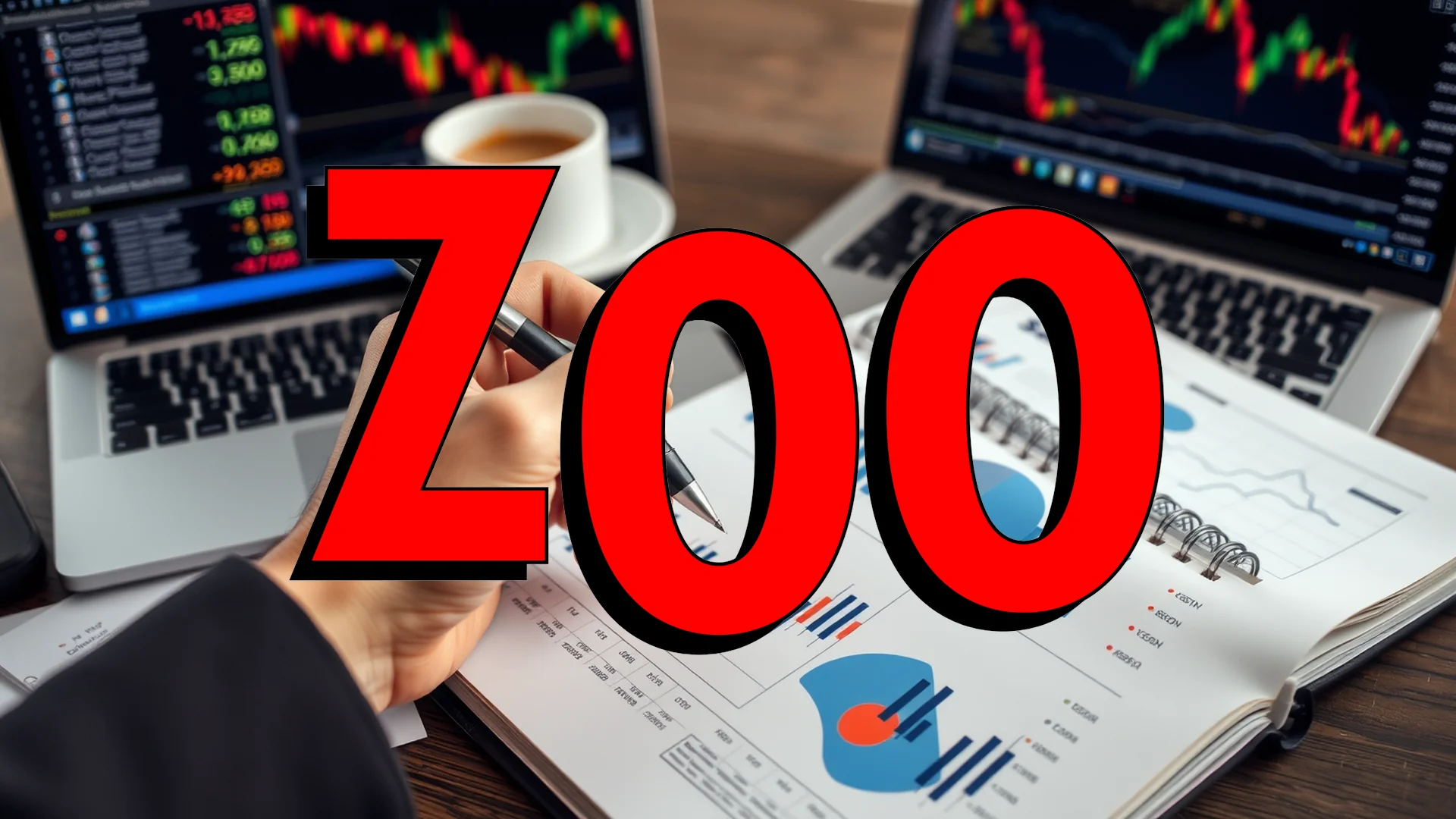Lockheed Martin Corporation (NYSE: LMT) experienced an extraordinary week, securing two massive defense contracts totaling nearly $10.7 billion. The significant orders for advanced missile systems have propelled the defense contractor’s stock upward, prompting market observers to question whether this signals a new growth cycle or simply reflects the current volatile global security environment.
The most recent announcement came on Friday. The U.S. Army awarded a follow-on production contract worth up to $900.5 million to the Javelin Joint Venture, a strategic partnership between Lockheed Martin and Raytheon Technologies. This agreement for Javelin anti-tank missile systems is particularly notable for its international scope, marking the system’s entry into new markets with Brazil becoming its first operator in South America and Tunisia its first in North Africa.
This development followed another monumental contract secured just three days earlier. Lockheed Martin’s Missiles and Fire Control division received the largest single contract in its history—a multi-year agreement valued at $9.8 billion. The contract covers the production of nearly 2,000 PAC-3 MSE interceptors for the Patriot missile system. These advanced “Hit-to-Kill” interceptors are specifically engineered to neutralize ballistic missiles, cruise missiles, and emerging hypersonic threats.
Geopolitical Tensions Fuel Defense Spending
This surge in contract awards is directly linked to escalating global tensions, which have dramatically increased demand for proven defense capabilities. The PAC-3 missile system is currently deployed by the U.S. Army and at least 17 allied nations, while the Javelin system serves over 25 international military customers.
Should investors sell immediately? Or is it worth buying Lockheed?
In response to this heightened demand, Lockheed Martin is expanding its production capacity. The company plans to deliver more than 600 interceptors during 2025 alone. The production track record of the Javelin Joint Venture is equally impressive, having already manufactured over 55,000 missiles and more than 12,000 reusable command launch units.
Investor Focus Turns to Profitability
Despite these substantial contract wins, some questions remain about the company’s financial performance. In July, Lockheed Martin was forced to revise its profit guidance downward due to program losses. Investors will be closely watching the upcoming appearances by CEO Jim Taiclet and CFO Evan Scott at the Morgan Stanley conference this Thursday for clarity on these issues.
With a second-quarter backlog standing at $166.5 billion, Lockheed Martin maintains a substantial cushion of future work. The critical question for markets is whether the defense giant can execute these contracts profitably while maintaining its robust free-cash-flow projection for 2025.
Ad
Lockheed Stock: Buy or Sell?! New Lockheed Analysis from December 19 delivers the answer:
The latest Lockheed figures speak for themselves: Urgent action needed for Lockheed investors. Is it worth buying or should you sell? Find out what to do now in the current free analysis from December 19.
Lockheed: Buy or sell? Read more here...










